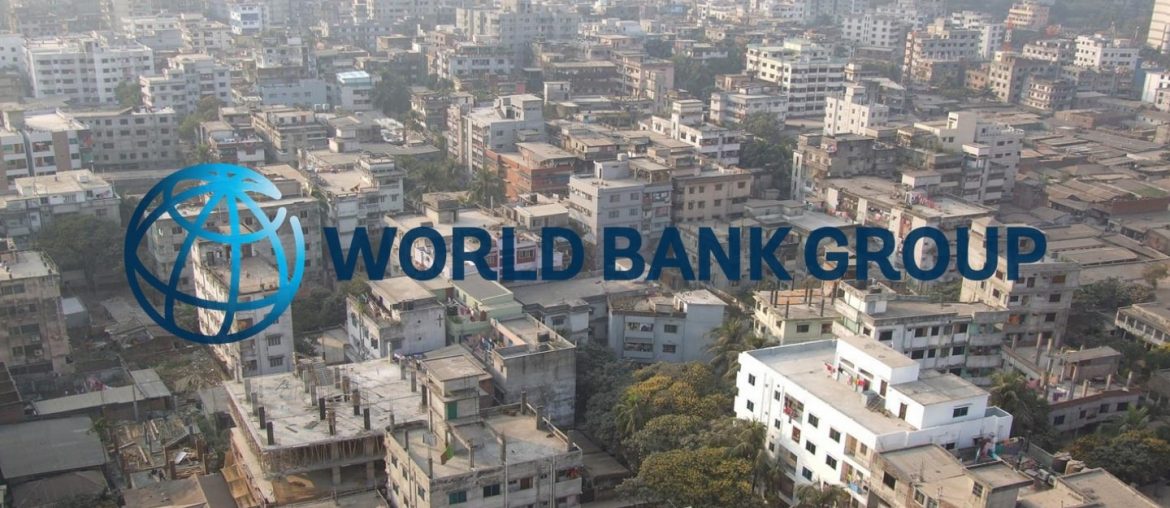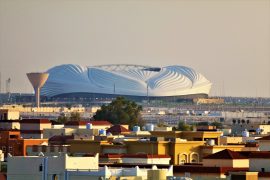Bangladesh is on the rise as the country looks forward to ascending from the ranks of the Least Developed Country (LDC) category. And Dhaka, as its capital, serves as the centre for all of it. Dhaka is the fastest growing megacity in the world today. There has been massive infrastructural development in the past decade, with more on the horizon. ‘Toward Greater Dhaka’, the recently published report by World Bank delves into the past, present and future of urban Dhaka. It details how Dhaka city has grown to become the residential hub and economic powerhouse of Bangladesh. After going through the document, from end to end, several things become quite clear. Today, we’ll be discussing the 5 things we learned about urban Dhaka after dissecting the report.
Rapid Growth
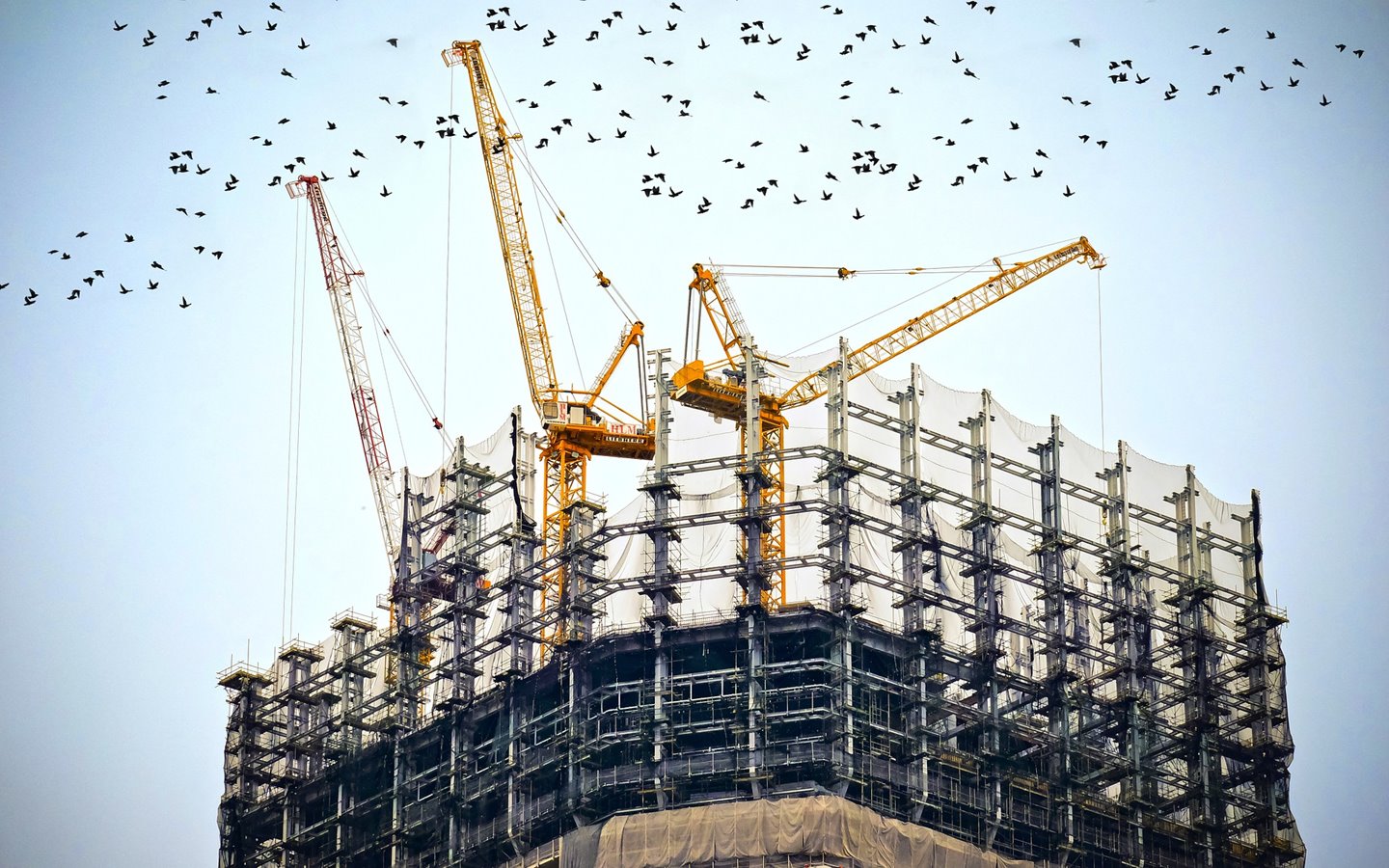
Dhaka was born on the eastern shore of Buriganga River in the 7th century. However, it wasn’t until the 17th century that Dhaka rose to prominence as a major city. Back then, the city was on par with other thriving cities of the time such as London and Constantinople. The immense boom of urban Dhaka we are familiar with today started after Bangladesh became an independent country. This was both in terms of population and area. The built-up area of urban Dhaka has expanded eightfold in the last seven decades; most of it after 1971. Making land available and suitable for urban use is of fundamental importance to the development of a city.
Before independence, the most valuable real estate in Dhaka was Motijheel and areas near Old Town. Whereas today, most people yearn to buy flats in Dhanmondi, Gulshan, Bashundhara and Banani thanks to the northward expansions of urban Dhaka. This dramatic growth of city in the last few decades, coupled with the crucial development of infrastructure allowed the value of real estate in these places to rise significantly.
Eastward Expansion
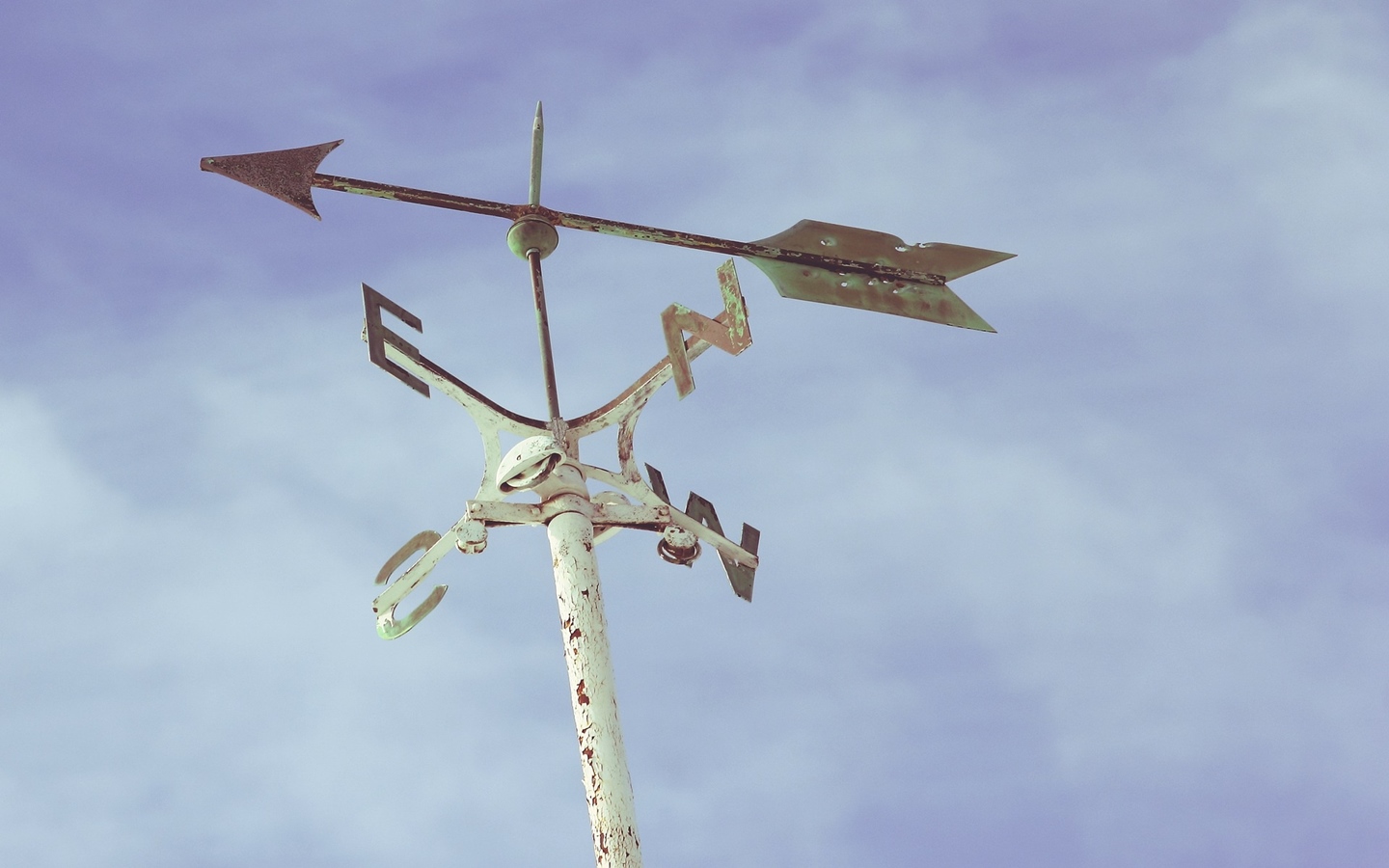
The population growth rate of Dhaka city had been nearly 10 percent between 1974 and 1981. Even now, after much effort, the growth rate is one of the highest in the world. This phenomenal demographic growth of city is due to economic dynamism. While the greater Dhaka region encompasses an area of 1,528 square kilometres, the core of urban Dhaka is less than 400 of that area. However, most of the populations are condensed into that patch of land. The original Dhaka City Corporation started with just 20.72 square kilometres and expanded to what we know today. This expansion of Dhaka is still going strong. The focus now is the east side of the city.
Unions on the eastern side that have long been excluded from the city corporation are now being incorporated. Purbachal, Uttarkhan, Badda, Demra and many other municipals have recently been included in city corporations. Furthermore, massive new residential and commercial projects are being initiated in those areas. These projects will pave the way for the next scramble for real estate in urban Dhaka.
Successful Track Record
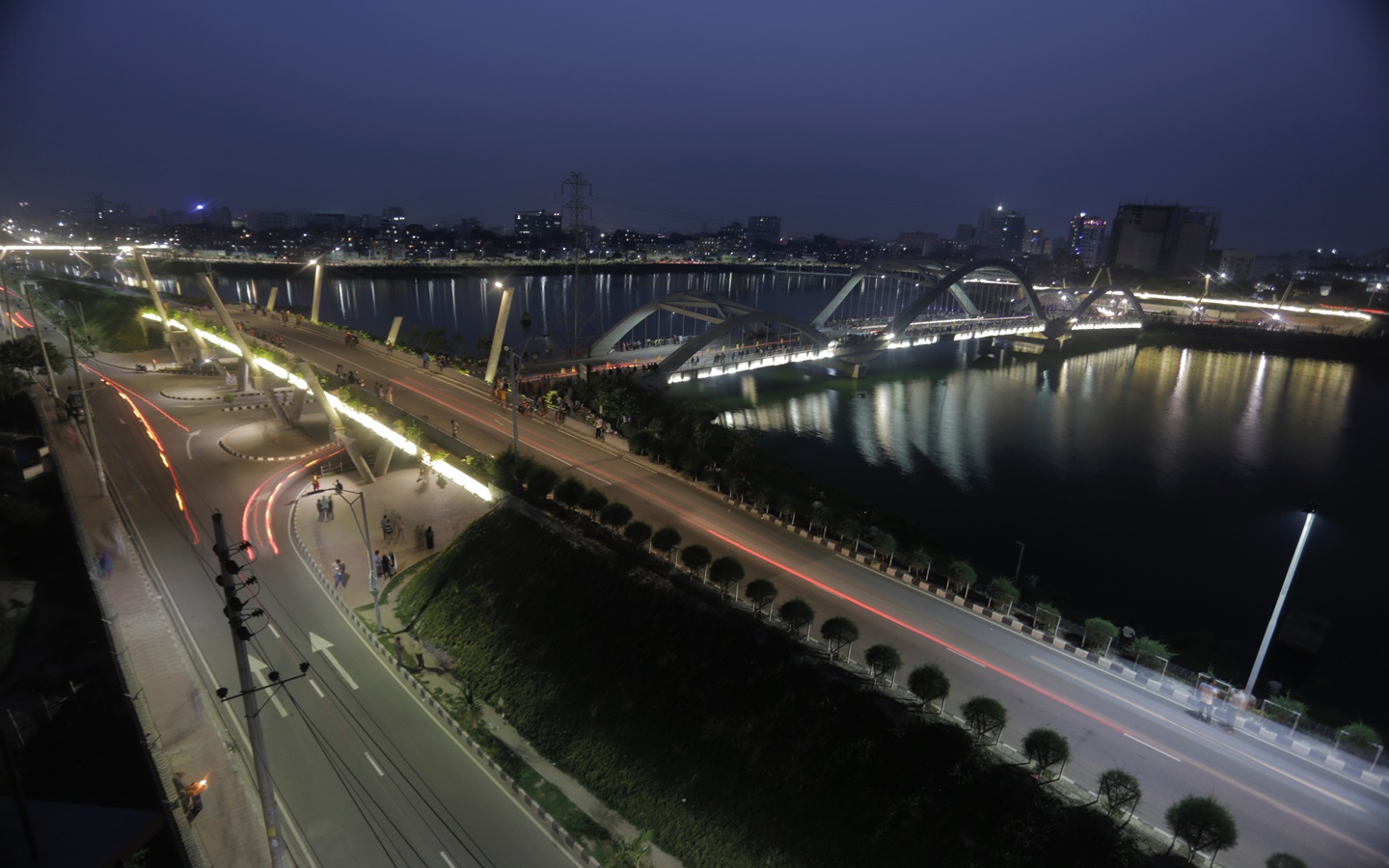
Bangladesh, even with many hurdles and challenges, has a good record of successfully completing ambitious projects. This is truer in the case of Dhaka. The city has seen many development projects throughout the years. Hatirjheel is a big testament to that. The land was virtually unusable before the venture. Today, the Hatirjheel Project has become a blessing; helping thousands of people every day avoid traffic jam in Dhaka. This success is not just limited to infrastructural development, but also for residential areas too. Uttara is the prime example of a successful expansion of Dhaka city. Even though it took some time to complete, it was possible to create a mini-city within the capital. And flats in Uttara are some of the most lucrative pieces of real estate today.
More Authority to Local Governing Body
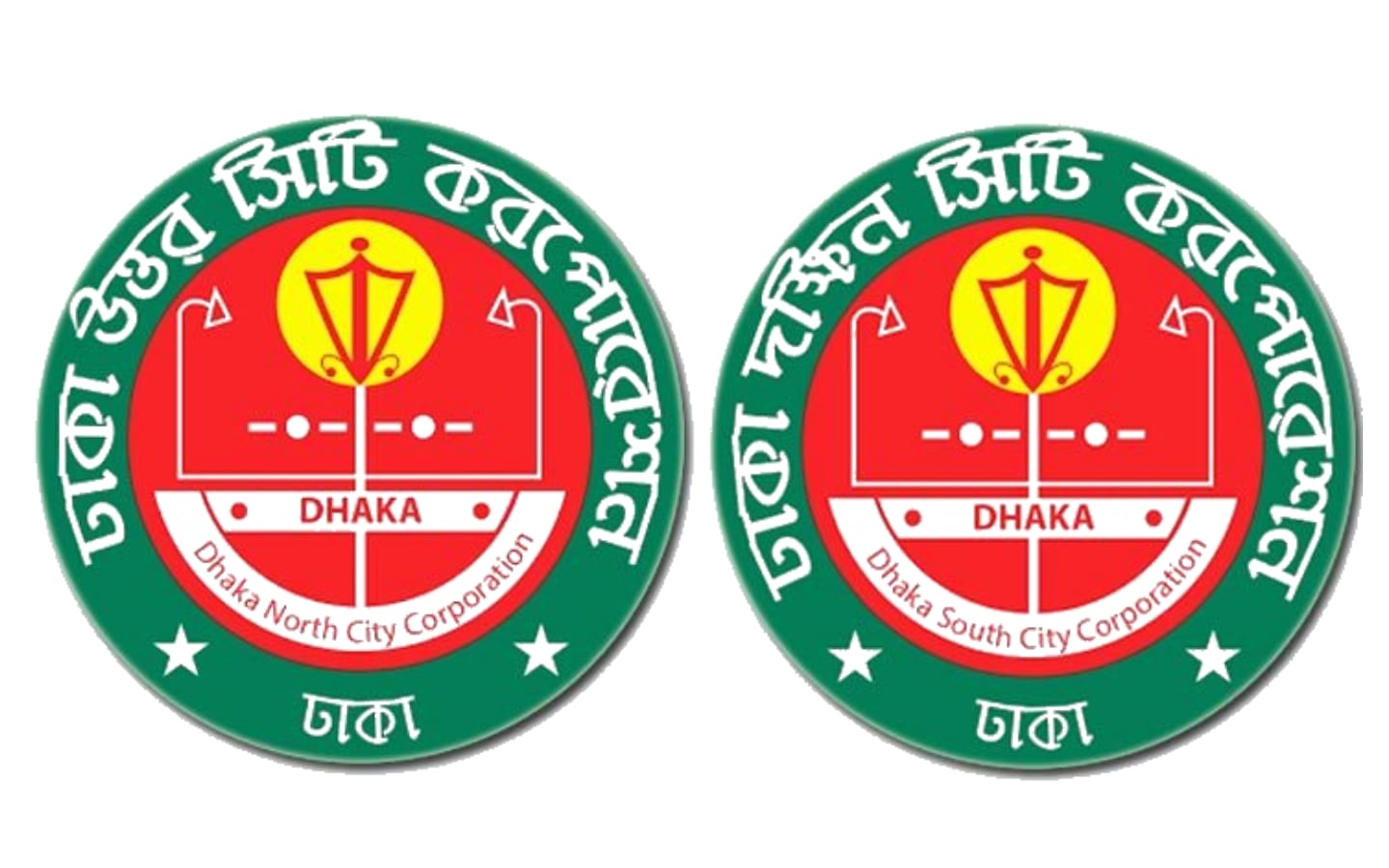
The local governing bodies in greater Dhaka city have been allocated more power to improve the livability conditions make initiate development projects in their respective zones. This increased authority is not limited to the city corporations, but also extends to the unions and municipalities in the zone. The government is spreading the power to improve conditions in surrounding areas. Thanks to this, local governing bodies can take up an initiative to develop marshlands into high-quality urban land. According to a 2011 report, the average population density in the western parts was around 41,000 people per square kilometres. Whereas, it was nearly a million in the eastern side of Dhaka; most of which is outside city corporation’s jurisdictions.
A Bright Future
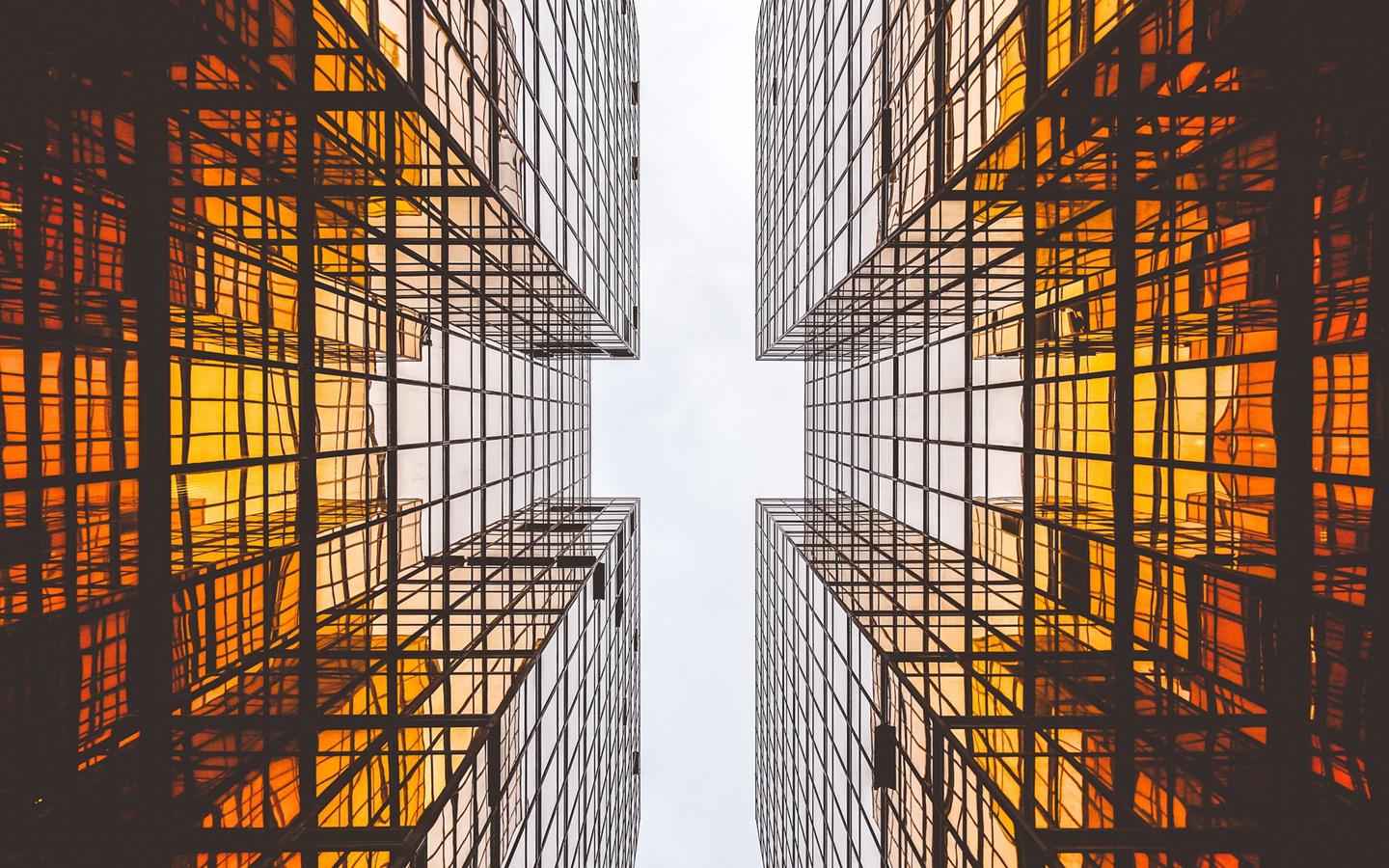
Successful growth of a city has the power to amplify the possibility for prosperity and innovation. However, it requires both organic and planned growth of city to achieve that stature. At its current pace, Dhaka city is well on its way to becoming a South Asian hub. Experts see it as akin to pre-developed Shanghai. Like Shanghai, and its former rural area of Pudong, Dhaka has a lot of lands on the east that can be reformed for urbanisation and infrastructural development. Pudong was mostly composed of low-quality housing before the 90’s. But an all-out effort turned that area into a vibrant nexus for finance, trade and high-tech industries. The east side of Dhaka has the same potential. And similar to Pudong, adopting a national-level strategy can quickly propel the city to new heights.
Urbanization is a crucial component in economic development. All the world’s eyes are on Bangladesh and Dhaka right now. The city is on the cusp of becoming a global city. With the right strategy at the helm, Dhaka can be much greater than what we know today.

